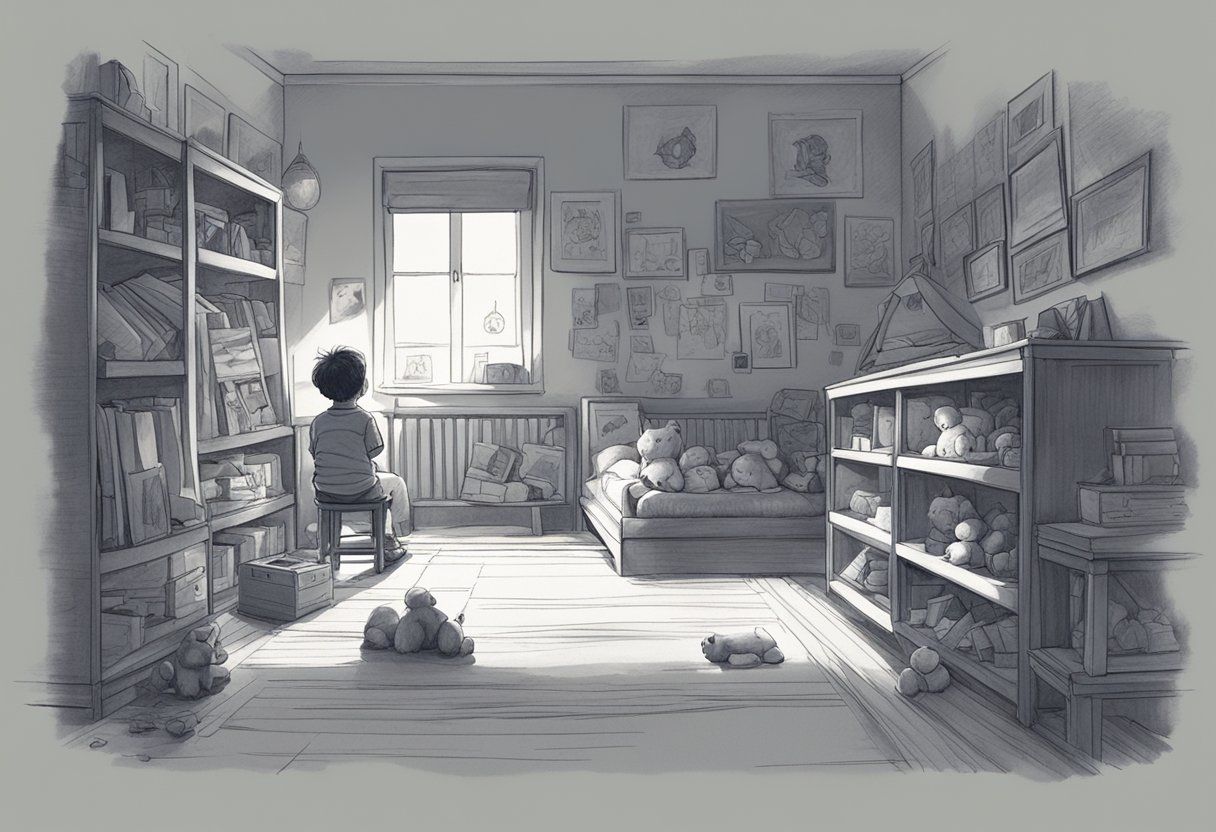BLOG
Categorías

11 de abril de 2025
Understanding Trauma and Attachment in Adopted Children Adopted children may face unique challenges stemming from trauma and attachment issues. Understanding the nuances of these can aid in providing appropriate support and care. Here's a look into the differences and impacts these can have on a child's development. Defining Trauma and Its Impact on Children Trauma in adopted children often arises from early adverse experiences. These might include neglect, abuse, or separation from biological family. Such experiences can lead to both emotional and behavioral issues. Children who have faced trauma may exhibit symptoms like anxiety, depression, or fearfulness. Early childhood trauma can interfere with brain development, leading to potential developmental delays. Recognizing signs of trauma is crucial for creating supportive environments that foster healing and resilience. Exploring Attachment Theory and Patterns Attachment theory revolves around how children form connections with caregivers. Adopted children may struggle with developing secure attachments due to past disruptions in caregiver relationships. Attachment patterns can range from secure to disorganized. Reactive Attachment Disorder (RAD) is one potential issue, where children might find it difficult to form healthy emotional attachments. Understanding these patterns helps caregivers promote stronger bonds and emotional stability. Differentiating Between Trauma and Attachment Issues While both trauma and attachment issues can affect adopted children's development, they have distinct origins and manifestations. Attachment disorders primarily stem from early caregiver relationships, while trauma often involves broader adverse experiences. Attachment issues might lead to problems with trust and emotional connections. Trauma can create broader emotional and behavioral challenges. By correctly identifying these issues, you can tailor interventions that specifically address the root causes, aiding in the child's overall well-being. Clinical Presentation and Diagnosis

10 de abril de 2025
Understanding Trauma Through the Lens of Stress When we talk about trauma—especially in children who come through adoption, foster care, or early caregiving disruptions—we’ve got to shift how we see it. Trauma isn’t just about war zones, abuse, or catastrophic loss. Trauma, for a child, is any experience that is prolonged, overwhelming, or unpredictable. Let that sink in. It’s not about the event itself. It’s about how the nervous system receives it. If a child doesn't have a safe adult to help them express and process the experience, that stress becomes locked in. And locked-in stress is toxic stress—it wires the brain for survival, not connection. The Brain on Survival and the Promise of Resilience When trauma hits, it hijacks the nervous system. The child drops into fight, flight, or freeze. You’ll see it as tantrums, shutdowns, inattention, or defiance. But here’s what’s important: the brain is neuroplastic. Healing is always possible. Resilience is not about being tough—it’s about having someone safe to lean on. Someone who will stay calm in the storm. Someone who will sit in the hard moments and not run, not fix, not control. That’s what rewires the brain for love. That’s how we create healing. Trauma and the Emotional World of the Child Children who carry trauma often walk through the world in a state of fear. That fear can show up as rage. It can show up as silence. It can show up as clinging or shutting down. Not because the child is bad—but because they are trying to survive. Their behaviors are their strategies. In relationships, trust becomes fragile. Their brains are on high alert. But this is where love-based parenting becomes transformational. Parenting Beyond Behavior—Creating Safety First When we stop trying to fix behavior and start focusing on creating emotional safety, everything begins to shift. This is not about control. This is not about consequences. This is about connection. This is about saying, “I see you. You’re safe. I’m here. I’m not leaving.” Over and over again. It’s about regulating ourselves first, because the most powerful tool in the healing of a child is a regulated adult. Love is not soft. Love is fierce. Love says, “You can fall apart, and I will still be here.” And from that place, children begin to heal. They begin to trust. They begin to grow. Fostering a Supportive Parent-Child Relationship

9 de abril de 2025
The Impact of Early Trauma on Brain Development Let’s slow down and really sit with this for a moment—early trauma rewires a child’s brain. It doesn’t ask for permission. It just moves in, uninvited, and begins to shift the way a child sees the world, feels about themselves, and responds to the smallest of stressors. In the world of adoption, we cannot afford to minimize this. Emotional regulation, memory, stress responses—all of it is impacted. These aren’t just academic concepts. This is your child’s daily life. This is the meltdown in the grocery store. The blank stare in the classroom. The refusal to connect at bedtime. What Is Childhood Trauma? Trauma isn’t just “big bad things.” Trauma is any experience that is overwhelming, unpredictable, or prolonged—and the child’s ability to make sense of it is missing. Abuse, neglect, the loss of a caregiver? Yes, absolutely. But it can also be things we may overlook. A move. A failed placement. A loud argument. And here’s the key: when those moments aren’t expressed, when they’re not processed with someone safe, they don’t fade away—they get embedded. They become part of the child’s wiring. That’s why we don’t wait for a diagnosis. If you’re seeing anxiety, school issues, big behaviors—that might be your clue. Trauma is already in the room. Trauma and the Developing Brain The child’s brain is still under construction. When trauma hits early, it doesn’t just “affect” development—it reshapes it. What should be a beautiful, flexible, adaptive system becomes hyper-vigilant, easily triggered, and emotionally flooded. Think about this: your child’s brain starts prioritizing survival instead of learning, connection, and exploration. You see this show up in difficulty with social interaction, in academic struggles, in moments where it feels like your child is unreachable. And this is not a phase. This wiring can follow them into adulthood if we don’t intervene. The Amygdala and Hippocampus: Trauma’s Main Targets Two major players in this story are the amygdala and the hippocampus. The amygdala is the smoke detector—it sounds the alarm. The hippocampus is the storyteller—it helps make sense of the past. In children who’ve experienced trauma, that smoke detector is stuck in the “on” position. Constant alerts. Constant fear. Even in safe environments. The hippocampus? It gets quiet. It shrinks back. Memory formation becomes cloudy, fractured, hard to trust. It’s not just about memory and fear—it’s about their ability to learn, to engage, to trust. The Stress Response System: The HPA Axis And then there’s the HPA axis. This is the system that manages stress—like your body's thermostat. Trauma breaks the dial. Cortisol and other stress hormones stay elevated. The body stays ready for a battle that never ends. And over time, this takes a toll. We see atrophy in parts of the brain—especially the hippocampus. We see emotional outbursts, attention issues, difficulty with relationships. But most importantly, we see children trying to survive a world that feels unsafe. Long-Term Effects of Adversity in Adopted Children
¿Quieres sugerirnos un tema de blog?
Gracias por contactarnos.Le responderemos tan pronto como sea posible.
Se ha producido un error al enviar su mensaje.Inténtelo de nuevo más tarde.
Nosotros queremos reducir el estres de los padres e implicar a toda la unidad familiar en el proceso de curación.

© 2025
LEAF WRAPAROUND - a Parents in Training Inc. program | Realizada por WSI - Dinámica Digital
© 2025
LEAF WRAPAROUND
un programa de Parents in Training Inc.
Realizada por WSI - Dinámica Digital





